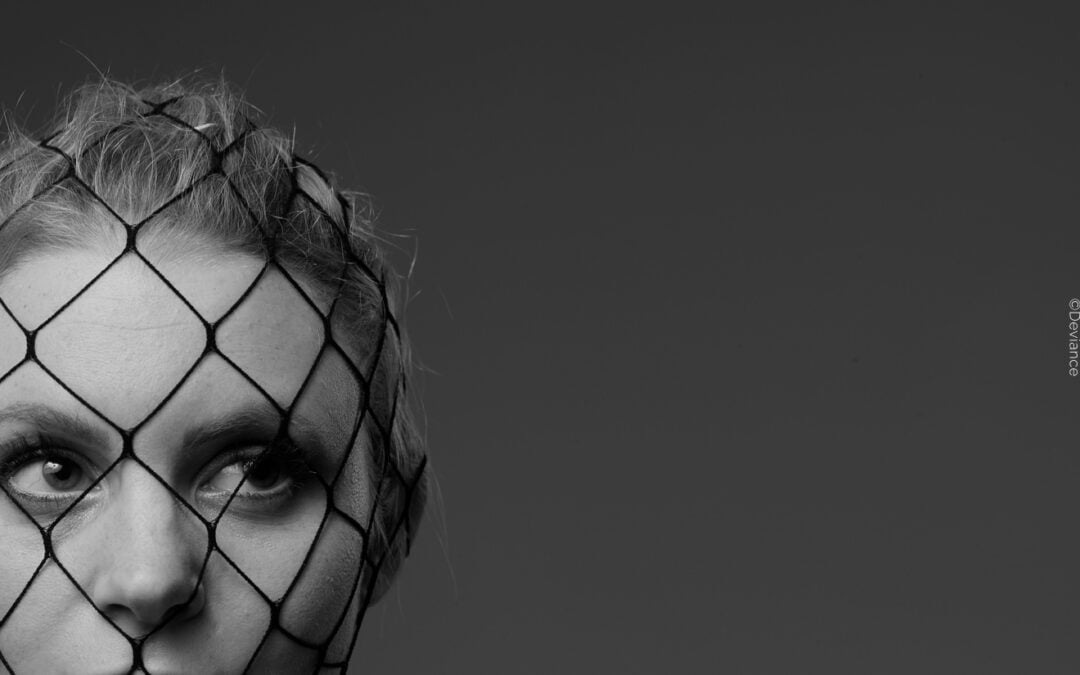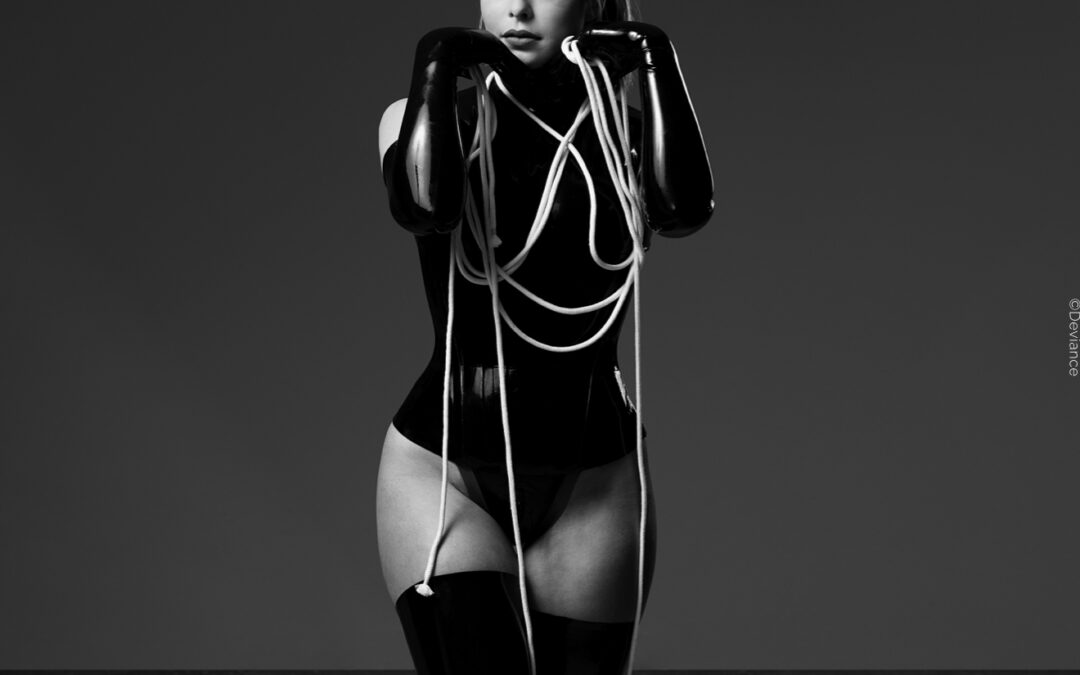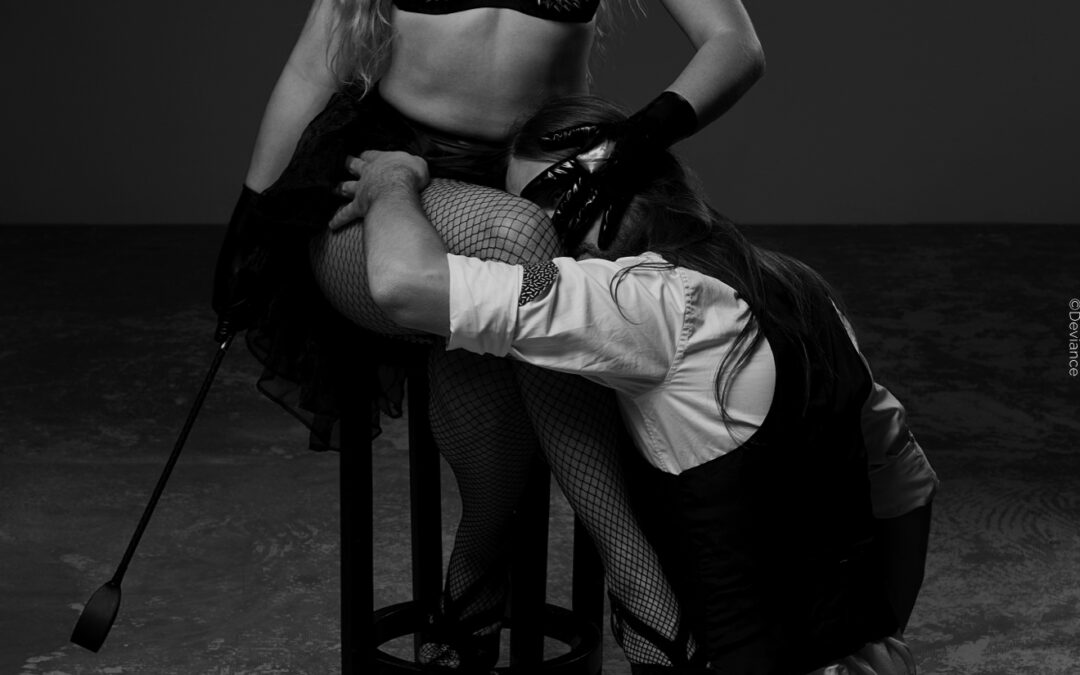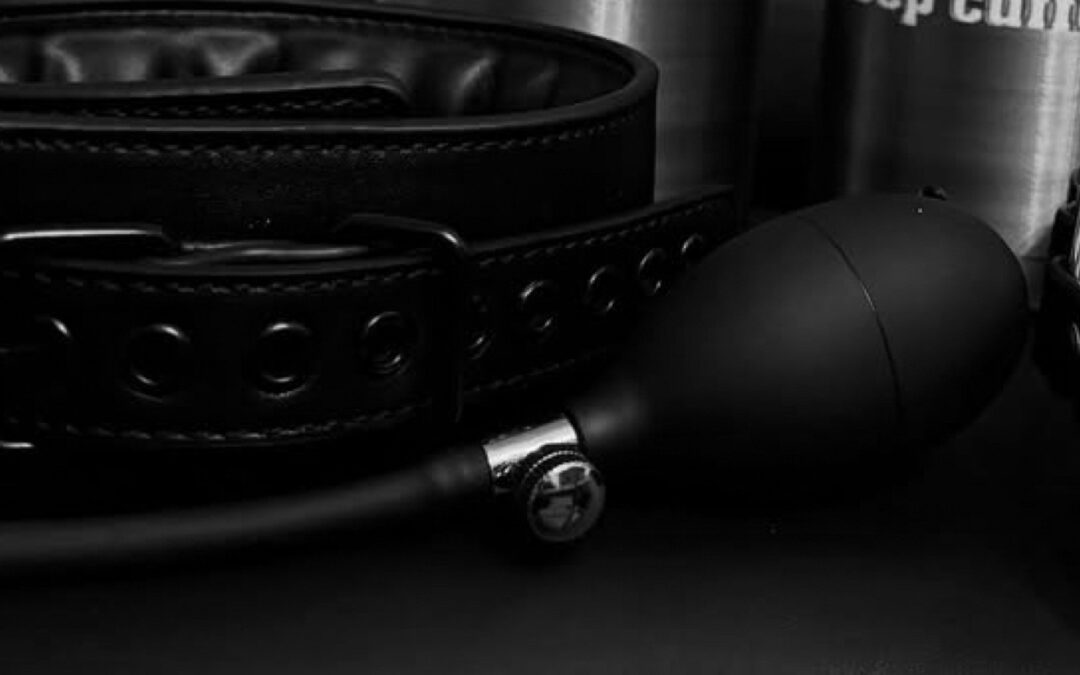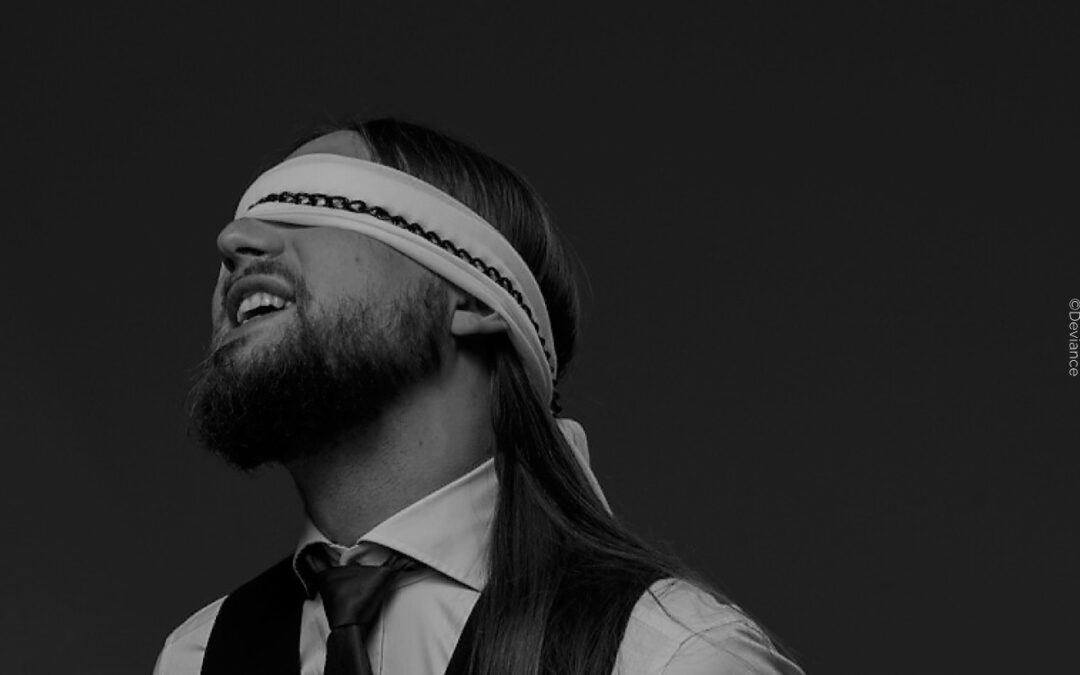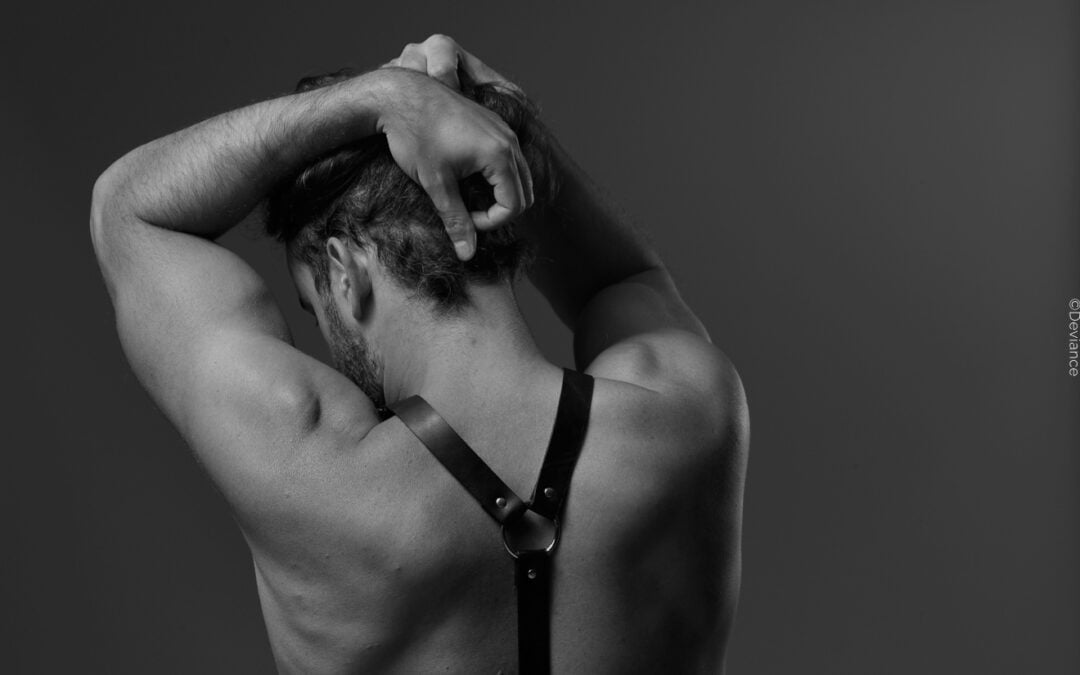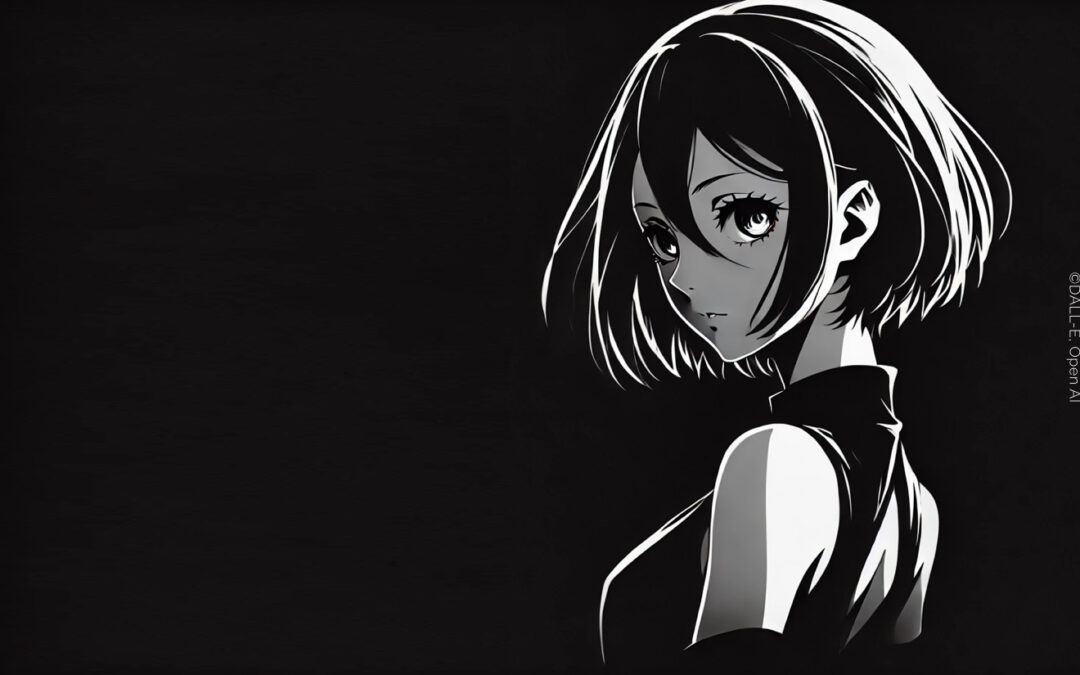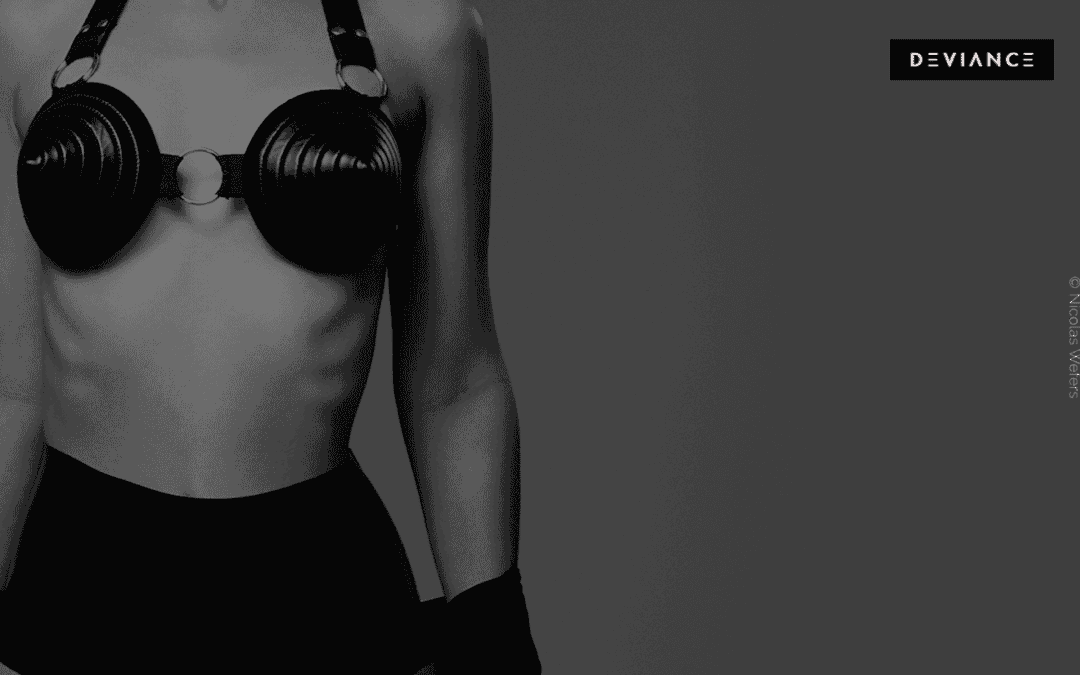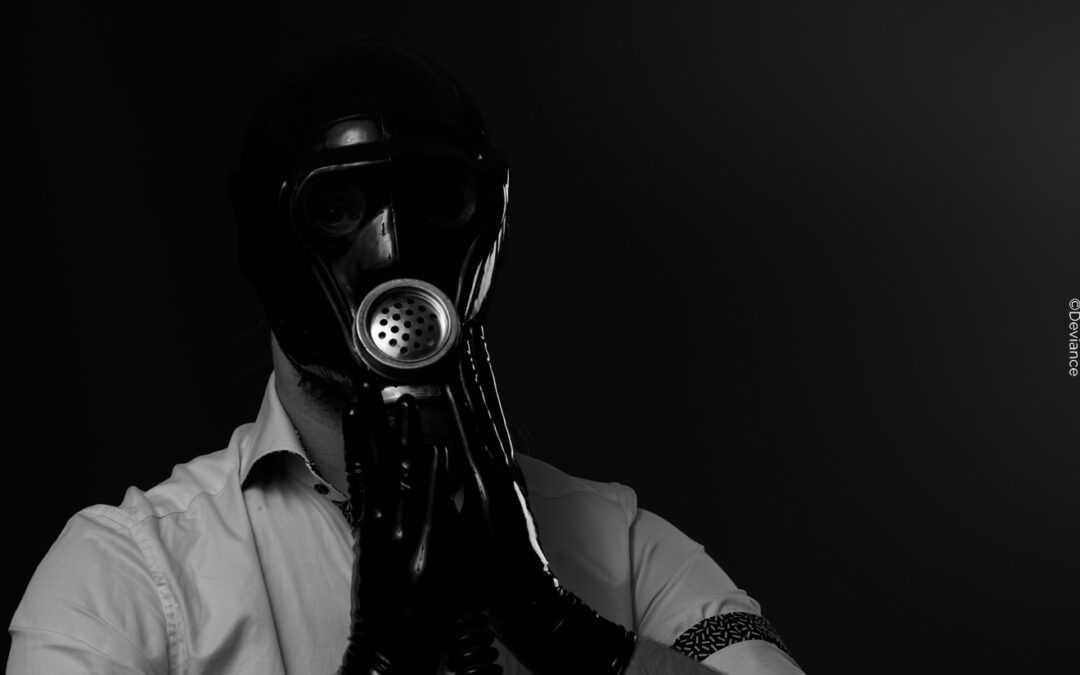What means queer actually?
When you start to explore BDSM and the BDSM community, one of the terms you come across is ‘queer’. This is an adjective that is used as a collective term for a very diverse group of people from the LGBTQ+ community. It now stands for people whose gender identity and/or sexual orientation does not correspond to heteronormative ideas. Heteronormative in turn means that you are attracted to the opposite sex and feel that you belong to the sex you were assigned at birth. Lesbians, gays, bisexuals, transgender and intersex people, for example, are considered non-heteronormative.
The term is also used as a self-designation to give a name to identities and orientations beyond categories such as “man” and “woman” or “heterosexual” and “homosexual”. Sometimes the term is also used to express an attitude that questions binary sexuality and heteronormativity.
Queer is therefore a very inclusive, open collective term that offers many people identification and is now also used for movements, things and events related to the LGBTQ+ community.
The history of the word “queer”
The word queer is derived from the German word “quer” (“oblique, crooked”), which in turn derives from the Latin verb “torquere” (to turn, twist). In English slang, this was a synonym for “strange”, “peculiar” or “odd”. The word has long been used as a derogatory term for people in the LGBTQ+ community, especially homosexuals. In the course of the Aids movement around 1990, the term was reclaimed by the queer community, recast and is now considered a positive term.
In 2005, the philosopher Gudrun Perko defined the term “queer” as a political and social movement “in the sense of an open project that questions the supposedly natural order of things”. This goes beyond the realm of sexuality and also opens up debates in culture, politics, society and human rights. Queer has thus moved from a sexuality to a political and personal identity.
Not everyone likes the term…
But precisely because “queer” has been “reclaimed” in a political context, some people prefer to distance themselves from the term. On the other hand, the word is still sometimes used as a slur today.
Some members of the LGBTQ+ community also criticize that the term is too inclusive and that they no longer feel seen in their own gender identity and/or sexual orientation. Instead, they prefer specific terms such as gay, lesbian, bi or trans, which better reflect their personal concerns and problems that could otherwise be overlooked due to the diversity of the community.
Who is queer?
As already mentioned, queer stands for a large group of people who can have very different genders, sexualities and identities. Many terms chosen by people in the LGBTQ+ community have a narrow definition: heterosexuality, homosexuality and bisexuality are very much based on a binary gender system of man and woman and therefore leave little room for anything outside the binary. Queer, on the other hand, opens up the space for a personal definition in the sense of the movement.
The term queer includes people who feel attracted to any gender. This includes all sexualities as well as people who do not identify with a fixed or flexible sex/gender. And also those who are only attracted to people outside of their preferences in a few cases. You can also call yourself queer to express your solidarity with this community.
Definition according to Gudrun Perko
If you follow Perko’s definition, queer is an umbrella term that can refer to different things depending on how you see yourself. In terms of gender identity, this could be: cisgender, genderqueer, non-binary/enby, binary and non-binary transgender or intersex people. In terms of sexual identity: gays, lesbians, bisexuals, pansexuals, asexuals, homo- or heteroflexible or even: BDSM followers!
In her “Queer Theories” from 2005, Perko expands this field to include a political-strategic variant in which radically open people are included in the term. This includes gays, lesbians, bisexuals, intersexuals, asexuals, transgender people as well as cross-identities, non-identities and trans-identities. However, people of different origins, religions, skin colors as well as cyborgs, drags, cross-dressers and others are also included in their definition.
At the heart of the plural-queer variant is the endeavor to achieve the “greatest possible diversity of human forms of being and existence in their incompleteness”. Basically, the term encompasses everything outside the heteronormative idea of sexuality and the binary gender definitions of male and female.
According to Perko, it is an open concept that offers a wide range of possibilities for identification. It is linked by the idea that the prevailing social heteronormativity is questioned and dissolved. People should be able to live their lives with diverse forms of sexual orientations and gender identities free from norms.
Queer history and politics
The term queer was used worldwide, but specifically in the USA, as a slur for homosexuals and non-binary people. The meaning was roughly equated with “fake, weird, peculiar, questionable, suspect, crazy”.
In the late 1980s and early 1990s, people within the LGBTQ+ scene used the term more and more for themselves, so that they succeeded in giving the word a new, positive meaning. Since then, the word has been used to describe the scene and the political movement within the LGBTQ+ community.
In the USA, the term queer has become established in political activism and social theory. For example, the term is now a defining element in the theories of post-structuralism, social history, discourse analysis and postmodernism. In addition, there are now separate academic fields based on the queer movement, such as queer theory, queer politics and queer studies.
What does “queer” have to do with BDSM?
“Queer” should therefore serve to make lifestyles that deviate from the heteronormative norm visible and criticize heteronormativity, the two-gender binary and lesbian and gay identity patterns. Because here too, despite deviant sexuality, people often only speak of two genders, while queer includes all genders. It should be noted that the main difference between gender and queer is that queer goes beyond gender identity and thus recognizes human diversity.
Queer has therefore become a political term, as it stands for social, historical and societal backgrounds. As such, it is an aspect of diversity policy and has the same inclusion standard as the integration of POC and people with disabilities. If you associate yourself with the term, you are indicating to a certain extent that you belong to a movement with social and political convictions.
Sex-positive, BDSM and queer go hand in hand in many ways, both denoting a sexual identity that is detached from gender, orientation and physical preferences. They all represent an inclusive community outside of the binary and heteronormative ideas. Although they include sexual preferences, they go beyond these and are equally attitudes, beliefs and communities.
As there are many people in the BDSM scene who at some point in their lives wanted to question and redefine their gender identity and/or sexual orientation, the word has also found its way into the BDSM community. In addition, there is a certain solidarity with and proximity to the LGBTQ+ movement, as BDSM inclinations – whether heteronormative or not – are considered similarly strange, questionable, crazy and followers have had to experience or fear similar discrimination. Many people also include BDSMers in the definition of queer because their sexual identity is different.
